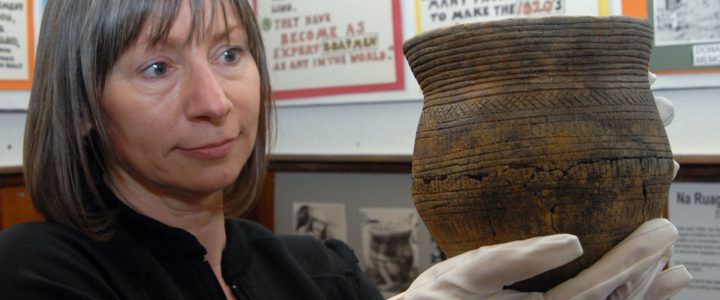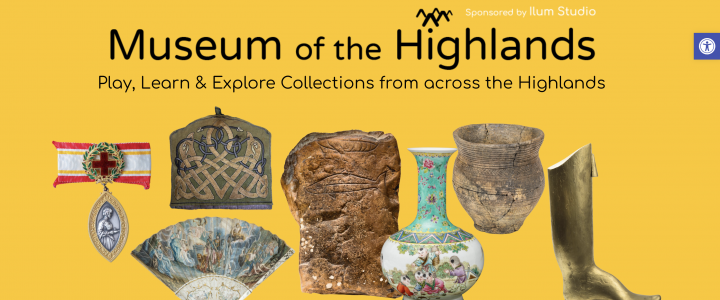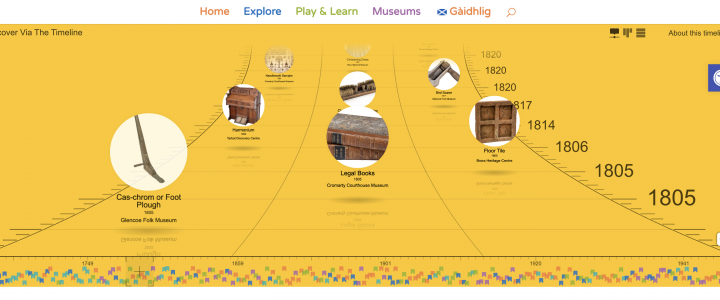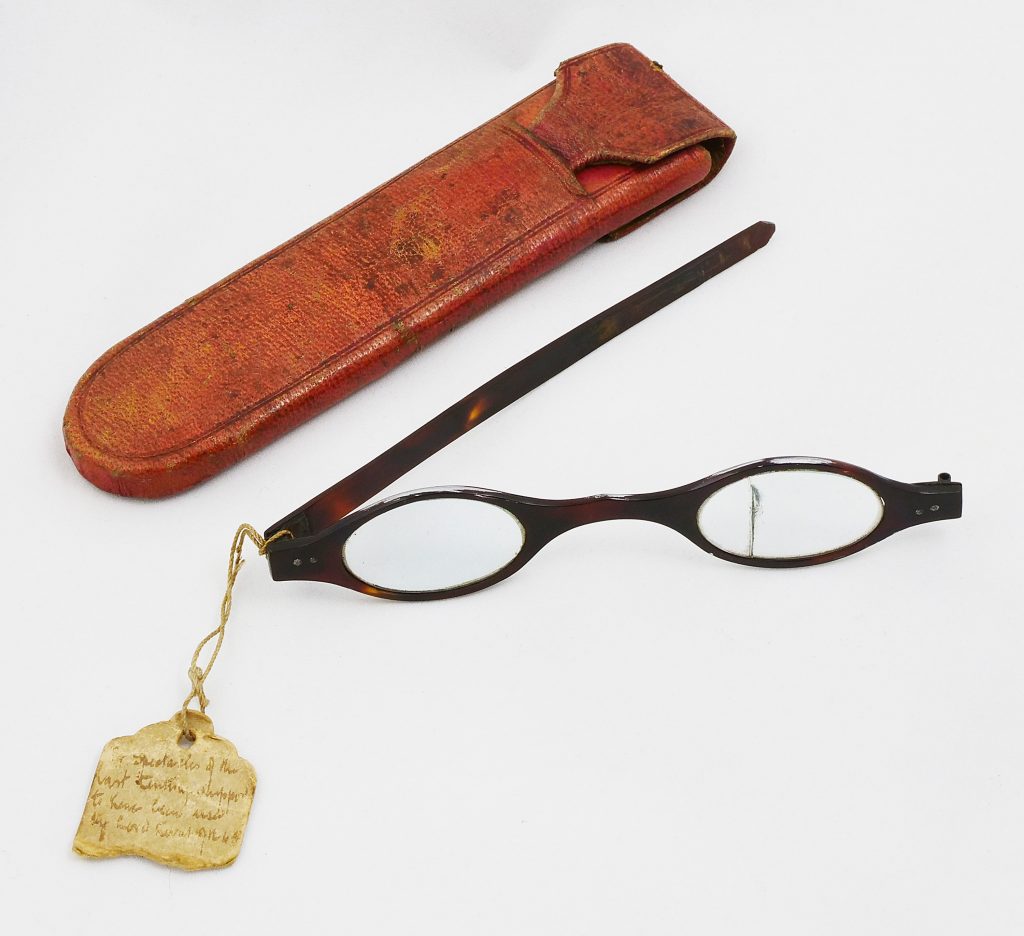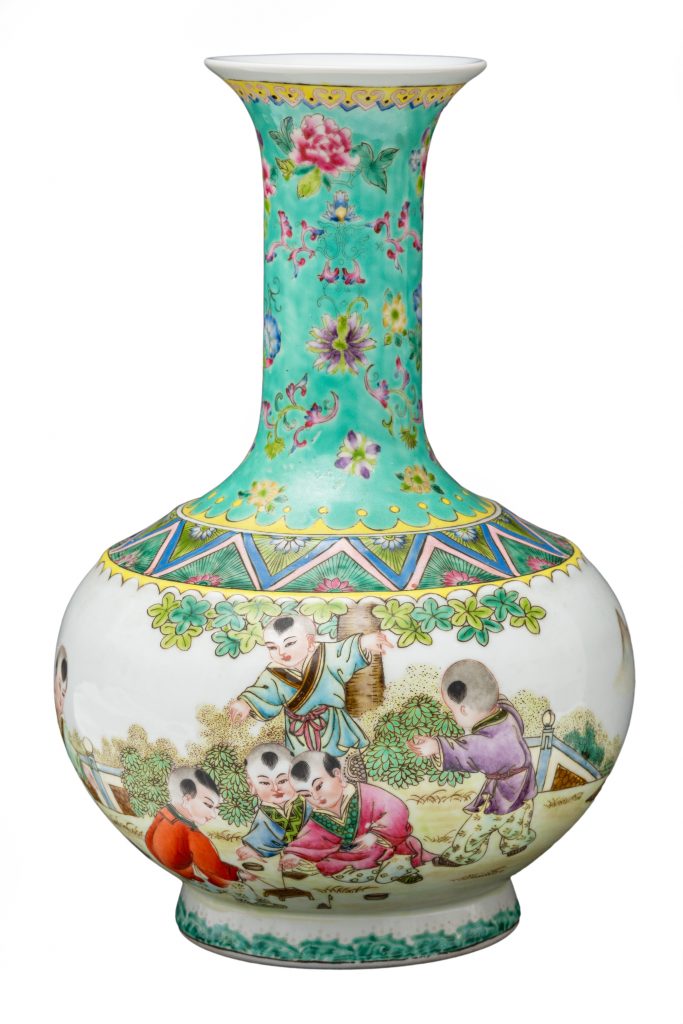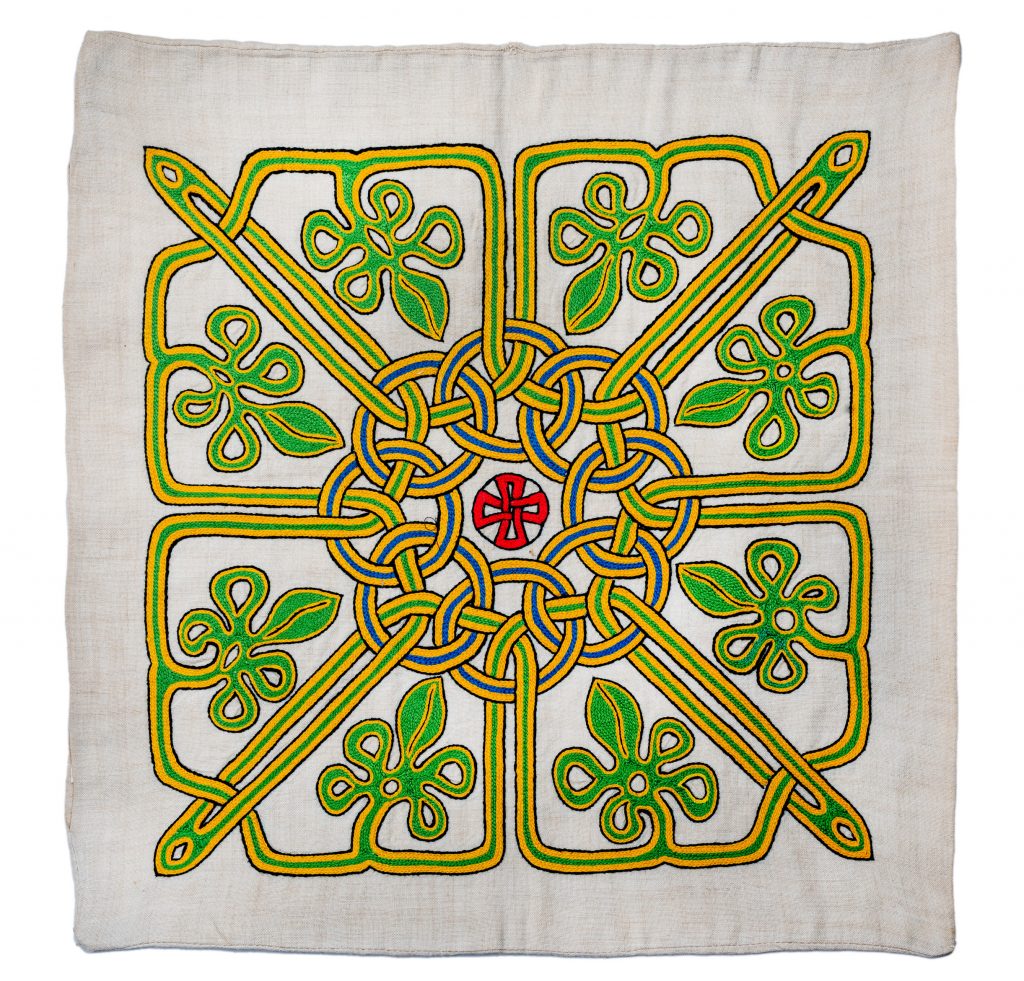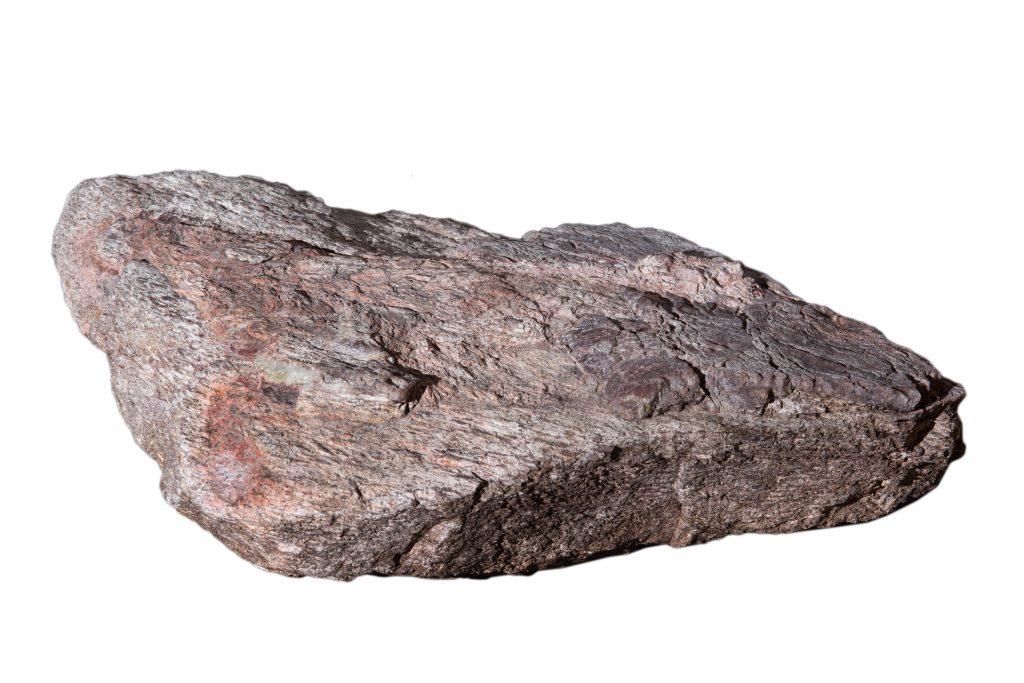31 October, 2023 @ 10:00 am – 3:00 pm
Do you have any niggling worries about your collection? Has something changed and you’re not sure if it’s a problem? Received a new object and wondering how to care for it? Planning a new exhibition or changing things in your store? Whatever your questions or thoughts, we invite you to join us for a collections care get-together! In the morning Jeanette Pearson, Conservation Officer at High Life Highland, will lead a session focusing on physical objects in our collections. In the afternoon Richard Aitken, Senior Conservator with Highlife Highland, will lead a session focusing on paper and archival materials.
Who should attend?
This session is suitable for anyone, paid or volunteer, who works with a museum collection.
What will you learn?
Jeanette Pearson will host a session in the morning (10am – 12pm) on object care and conversation. The session will:
- Provide some examples and information on the types of conservation issues that she has experienced that are common to most museum collections.
Aim to highlight and discuss the possible solutions and treatments.
Discuss the practicality of treatment and collections care and pose a few important questions that you should always consider.
Provide some practical advice on care of objects brought in by partcipants (please email nicola.henderson@museumsandheritagehighland.org.uk in advance if you would like to bring along a specific object)
Richard Aitken will lead a session in the afternoon (1pm – 3pm) on the care of paper and archival materials. The session will:
- Provide some examples regarding handling documents, with some practical experience.
Carry out a cleaning workshop, using conservation cleaning products.
Show various forms of packaging ideas for documents, books & photographs.
Examples and discussion on how to deal with insects.
Provide some practical advice on care of objects brought in by participants. (please email nicola.henderson@museumsandheritagehighland.org.uk in advance if you would like to bring along a specific object)
About the trainers:
Jeanette Pearson ACR Conservation Officer, Inverness Museum & Art Gallery and The Highland Folk Museum.
‘My specialisation and training is in Archaeological Conservation, but I have always worked as a museum objects conservator providing conservation treatment and collections care for a range of materials and objects ranging from archaeology, natural sciences, decorative arts and social history. A lot of my work involves active treatments assessing and stabilising newly acquired material as well as preventive conservation, which involves managing and monitoring the environmental, biological and physical factors that will influence the stability of collections in store and on display.’
Richard Aitken ACR, Senior Conservator, High Life Highland Archive Service
‘My training began with bookbinding, studying Fine Bookbinding and Conservation at Guildford College. I went on to study archive conservation on the Archives & Records Association (ARA) Certificate in Archive Conservation, whilst working at West Yorkshire Archives in Wakefield. I began working for the Highland Archive Service in 2009. In 2010 I was awarded accreditation status, became an instructor on the ARA Conservation Training Scheme on map & plan conservation and in 2013 I completed a Masters in Preventive Conservation with Northumbria University. I thoroughly enjoy my job at the Highland Archive Service helping look after an extensive collection covering the whole of the Highland region.’
How to book
The workshop will take place at the Highland Archive Centre and you can book your tickets here –
https://www.eventbrite.com/e/collections-care-surgery-tickets-721106608277?aff=oddtdtcreator
Bring your own lunch! Tea, coffee and biscuits provided!

